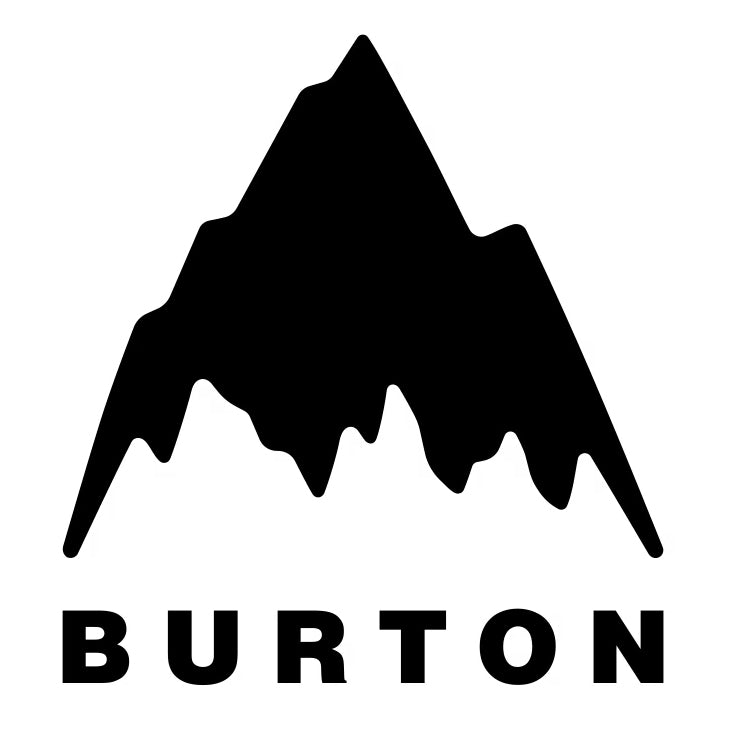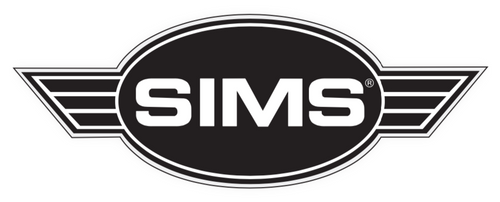
The following article was originally printed in the October 2025 Issue of Slush. All archived issues and digital subscription options here.
Olympus Hills Park is situated between the highway and the suburbs, nearly equidistant from the city below and the base of the canyons above. That placement wasn’t intentional, at least for our purposes, but it seems a fair metaphor. A sprawling park halfway between the city and the mountains would be the place where street snowboarding—in part—developed into what it is today. Because what is street snowboarding if not taking what we do in the mountains and bringing it down to the city?
Of course, Olympus Hills Park goes by another name: Rail Gardens. As far as spots go, Rail Gardens is legendary, its name recognition could rival that of many pros. But how does an unassuming plot of land take on a life, a history, and a legacy of its own? How did Olympus Hills Park become Rail Gardens? And, if we’re asking that question, we might as well ask how Montgomery Falls Park became Red Ledge? How does a spot, any spot, transcend itself and become part of history? How do spots become legendary?
Maybe this is the type of question that is meant to stay rhetorical, considering it seems easy to answer until it’s actually time to answer it: Of course Red Ledge is legendary because…well…I mean…it’s Red Ledge!
“It’s all about the story (or stories) tied to the spot,” Ted Borland, former pro snowboarder and spot nerd in his own right, told me over text.
This is the simplest explanation. Over time, stories create lore and lore becomes legend.
“Oh ok,” I responded, “I like that. It has to do with a story about the spot, regardless of the amount of tricks.”
But I had oversimplified things.
“I mean tricks are also part of the stories,” Ted texted back. “So it kinda works both ways.”

Every spot has a story, but some don’t break through to become what we—the viewing snowboard public—would call legendary. More so, there are certain spots that can be beat to a pulp without being canonized—Worcester Memorial Auditorium or the 49th and Juneau down-flat-down in Milwaukee—while other spots are a one and done and then they’re in the history books—Joe Sexton’s 5050 in Omaha or Spencer Schubert’s ender in Good Sport.
I spoke with Spencer over the phone a little while back and he acknowledged the difficulty in standing out today.
“To me, a legendary spot is something from a while ago when there wasn’t an insane amount of coverage of snowboarding,” Spencer said. “You’d only see a few things and I think that maybe added to it.”
Oversaturation is a clichéd complaint in modern snowboarding. Yes, come October the internet is inundated with videos and yes, most everyone these days is so damn good. But look at the two clips in question. Joe’s 5050 is arguably the longest rail ever hit on a snowboard and Spencer’s 5050 is the ender to perhaps the seminal video of the modern era. For contemporary street snowboarding, it makes sense that we’re talking about these clips. They've both moved the needle. Maybe starting in the late 2010s, the criteria for making a new spot legendary switched, and it became less about history and more about gnarliness.

Look at legendary spots in the past, we admire what they have done more than what they continue to do. Burlington High School became famous for being a place where gap-to-down tricks found their first home. Rail Gardens became famous because that’s where snowboarding’s hub—Salt Lake City—allowed its best pros to ride without the burden of being at the mountain. It was practically a holy ground. But these spots don’t do much for us today. Rail Gardens has outlawed snowboarding, Burlington High School has been torn down, and Red Ledge hasn’t seen a worthwhile addition to its trick list since Jed Anderson landed a cover while filming for Buzzcut.
In fact, it’s hard to think of a current trick spot, something that isn’t a one-and-done and is still being hit, that has reached legendary status. Occasionally spots will have a season where crews lay siege upon them, but that hardly warrants deification—think the library ledge in Minnesota that Tommy Gesme unlocked with a backlip sameway in Good Sport.
But here’s the thing, nobody can see into the future. Every winter, spots get shut down and new spots open their doors. Spots that have been closed may develop their lore and one day earn the status of a legend. So, crews that are out filming need to understand and find a balance.
“You gotta leave your mark on certain spots and find unique spots to set the bar on,” Ted told me.
This is true to a certain extent, but it’s a dangerous game to play. Evolving an already fucked on spot—hitting it in some new way—is better than a traditional one-up, since snowboarding is subjective and a one-up runs the risk of falling flat in the eyes of a viewer who may ask: Was that front board really better than the switchlip someway so and so did here two years ago?
But then again, that’s where the excitement comes from. Whether a spot actually reaches legendary status might be a moot point because those who truly know, truly know. Drive around any city with the right crew and the conversations are endless. Seeing a rail from the side of the road can prompt: Is that the Jill spot? Or: Oh I know this one, Jesse Jarrett hit that. Or even: I think Brisse boardslid this. It’s almost a language unto itself, foreign to the uninitiated. It’s as if we, as snowboarders, drive through cities with our own special set of glasses, ready to see the world differently.
“It’s cool,” Spencer said, “spots are legendary, and then to the average person it’s just like…it’s like you drive by and no one even bats an eye or you drive by with the right people and everyone's heads turn.”
Even this article is a testament to the satisfaction that comes with finding, or hitting, or watching someone else hit a truly beautiful spot. I’m sure architects and city planners, were they ever to read this, would laugh at the level of thought we laypeople put into a stair set. But it makes us happy, even if, mid-winter at a spot we’re brought to the breaking point over whatever trick we’re trying. There’s something truly wonderful about being part of a world so unique compared to the world around it. No other sport—outside of skateboarding—truly exists in conflict with its environment. And that’s because no other sport has an environment that’s always changing, always evolving, and fighting back. No other sport has an environment that is so rich for storytelling and mythmaking. No other sport has an environment hidden behind a magic cloak.
“There are pages of history of what these things mean to so many people,” Spencer added, “but to everyone else it’s just a piece of infrastructure to help you up a hill.”



















